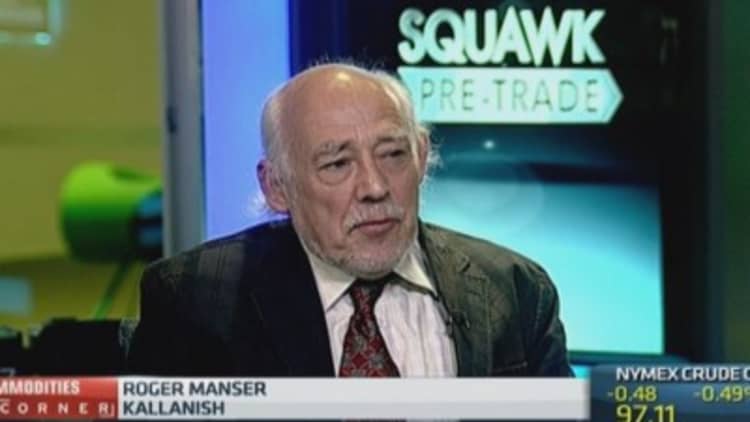China appears to have been routinely underestimating output from its sprawling steel sector, with official figures for last year alone 40 million tons below a key industry estimate - an amount equivalent to Germany's entire annual production.
Beijing has vowed to cut overcapacity in its steel sector, the world's biggest, but huge discrepancies in the data suggest that policies aimed at cutting emissions and modernizing the economy are often not being implemented on the ground.
Cash-strapped local governments have an incentive to turn a blind eye to unauthorized but profitable steel production rather than risk job losses and mill closures by forcing them to comply with Beijing's new efficiency or emissions targets.
This means the extent of a glut in the steel sector is uncertain, making it harder for global miners such as Rio Tinto and BHP Billiton to forecast future sales of the steel making ingredient iron ore.
"It is not satisfactory to have doubts about the accuracy of steel production statistics, particularly for a country as large as China with its importance to the global mining sector and steel supply," said Peter Fish, managing director at consultancy MEPS (International) in London.
"How can the authorities make meaningful decisions about investment, rationalization, emissions control, privatization issues for an industry in which there is no consensus about the most basic statistic - the level of output?"

Industry body China Iron and Steel Association (CISA) said in August that 2013 crude steel output stood at 822 million tons, more than 40 million tons higher than official figures from the National Bureau of Statistics.
While the bureau has not officially revised 2013 output data, growth rates for January-November this year imply last year's production was 803 million tons, 24 million tons more than originally reported, according to Reuters calculations.
The bureau did not respond to requests for comment on its data.
And MEPS, which has been tracking China's steel industry since the late 1990s, said it had seen indications of underreporting from around 2009-2010. It believes China has been underestimating its crude steel output by at least 30-40 million tons a year since 2012.
How deep is your glut?
Signs that China has been churning out far more steel than initially reported come as iron ore prices hit their lowest since 2009 and Chinese steel fell to its weakest in about a decade.
This raises doubts over the sustainability of a strategy of iron ore miners like Rio and BHP to ramp up supply on expectations of long-term Chinese growth.
Officials at the two companies did not respond to requests for comment.
A source at one international miner noted that the firm did not solely rely on official Chinese output data, also looking at numbers from CISA.
Read MoreView from the ground: China stabilizing, not slowing
But CISA said it was difficult to compile accurate figures for the whole country.
"It is even hard to say clearly how many steel enterprises there are - some are not part of our statistical remit and some appear and disappear, and we can only guess as to their output," CISA Vice-Chairman Liu Zhenjiang told a conference in October.
Rio Tinto, the world's No. 2 iron ore miner and among the most aggressive in boosting output, has forecast that China's crude steel demand would reach around 1 billion tons by 2030.
But this year, China's demand for steel shrank for the first time in over a decade as its economy slowed, with CISA saying it dropped to around 620 million tons in January-October.
Accuracy worries also apply to China's iron ore output data, with analysts baffled at how domestic production figures could keep rising while global prices have halved.
Official data shows China's iron ore output up 5 percent in January-November, though local media have reported that hundreds of domestic mines across the country have been forced to shut as prices dropped below $70 a ton.
Goldman Sachs analyst Christian Lelong said the lack of reliable data over the years had prompted the market to be overly bullish on the commodity.
"If a lack of (accurate) data led some producers to believe that iron ore prices would stay stronger for longer, then the lack of data means there was too much investment versus what the mining sector would have done if they'd had a better picture of Chinese iron ore mining."

